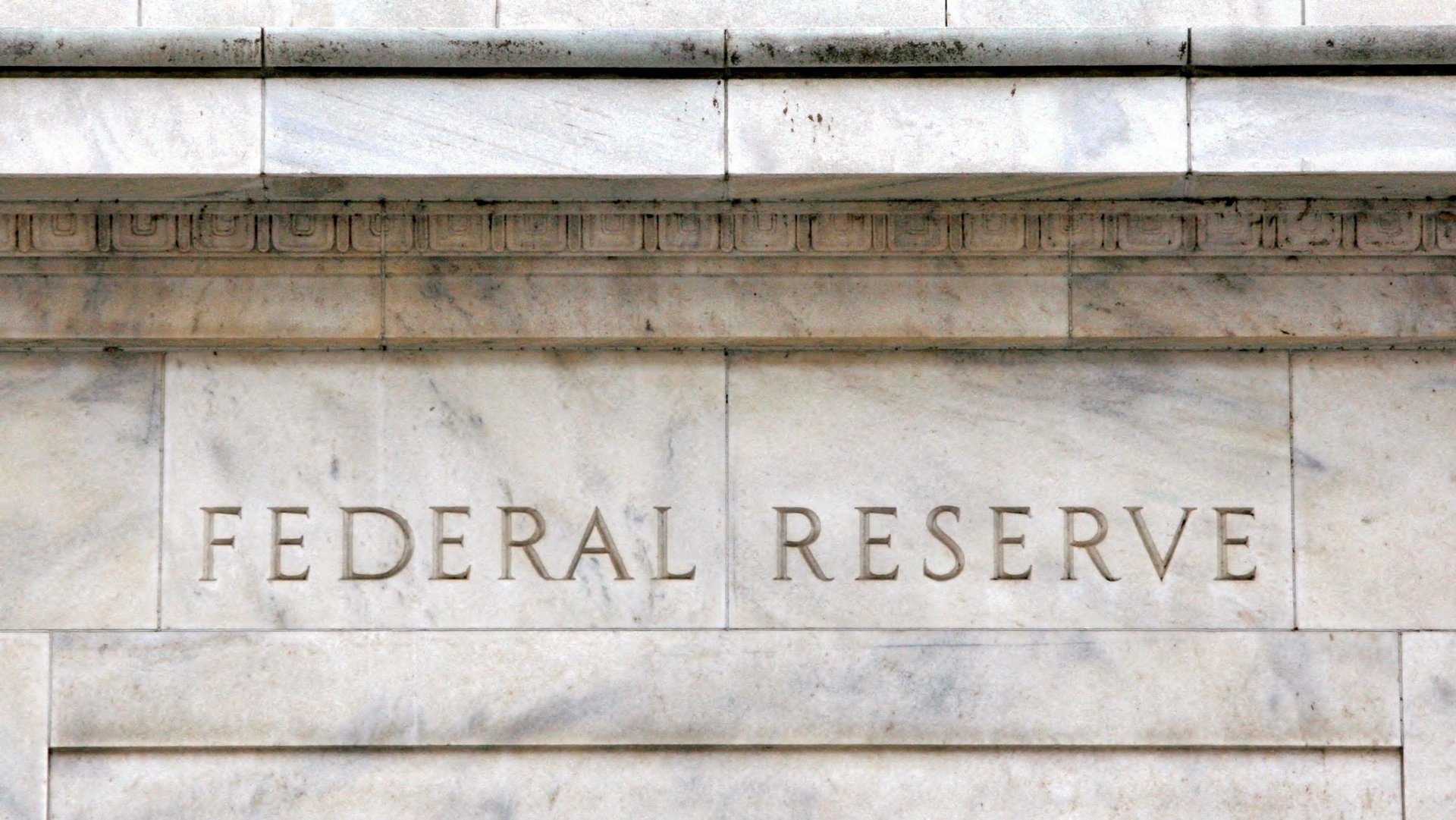The Fed is about to meet—and economists remain very much split on the prospect for a rate hike
The Fed will meet this week to decide on interest rates as the fight against inflation collides with banking turmoil

Two days before the US Federal Reserve meets, economists still lack consensus on whether the Fed will hike interest rates.
Suggested Reading
Over the last year, the Fed raised rates from nearly zero to 4.75% in an effort to tame inflation. But, the Fed’s job has gotten more complicated. The past week saw a slew of bank closures, with the US government swiftly taking steps to maintain the stability of the financial system.
Related Content
In a note Monday, economists at Goldman Sachs maintained their position that the Fed won’t raise rates at its Wednesday meeting given the recent stress in the banking sector. “We think Fed officials will therefore share our view that stress in the banking system remains the most immediate concern for now,” the researchers note. But the investment bank has left unchanged its expectations of 25-basis-point increases in May, June, and July, boosting rates to 5.5%, from the current 4.75%.
The economists note this would mean taking a pause in the fight against inflation, but that should not be such a problem. “The inflation problem actually looks less urgent now than last summer because near-term inflation expectations have fallen sharply,” they wrote.
Meanwhile, the chief US economist at Morgan Stanley said the bank expects the Fed to raise rates by 25 basis points at this week’s meeting. Economist Ellen Zentner added she expects communication about the Fed’s path forward will be “cautious,” with a meaningful increase in funding costs ahead leading to tighter lending standards, particularly for business loans.
As of Monday, traders are pricing in a 75% chance the Fed will increase interest rates by a quarter point at the Wednesday meeting, according to data by CME Group, which looks at Federal funds future contracts.
Whether the Fed will pause the interest rate hikes or not, what appears to be off the table is the quickening pace of interest rate increases.
The Fed faces banking turmoil
The uncertainty about federal interest rates comes after a week of high-profile bank closures and consolidation across the globe. Just a week ago, after the collapse of Silicon Valley Bank, the second largest bank failure ever, and Signature Bank, the FDIC was quick to announce it will cover all uninsured deposits. The Fed set up an emergency lending program to ensure that banks can meet the needs of all their depositors.
The collapse of SVB rippled throughout the banking sector, and investors started to dump bank stocks including First Republic’s. Following the slide in stock, around a dozen banks including JPMorgan and Wells Fargo deposited $30 billion into First Republic. Meanwhile, in Europe, UBS, Switzerland’s largest bank, agreed to buy its troubled rival Credit Suisse for $3 billion on Friday.
On Sunday, the Federal Reserve and five other central banks announced coordinated actions to boost liquidity in the US dollar swap arrangement, another effort by policymakers to ease tensions in the global financial system.
More broadly, the Fed’s decision on Wednesday is likely to have implications in terms of psychology, said Claudia Sahm, a former Fed economist. “People look to the Fed that it’s going to be okay, but the actual—quarter percentage point—is not that big of a deal. A lot of it is how we interpret it, and what it means for the future.”